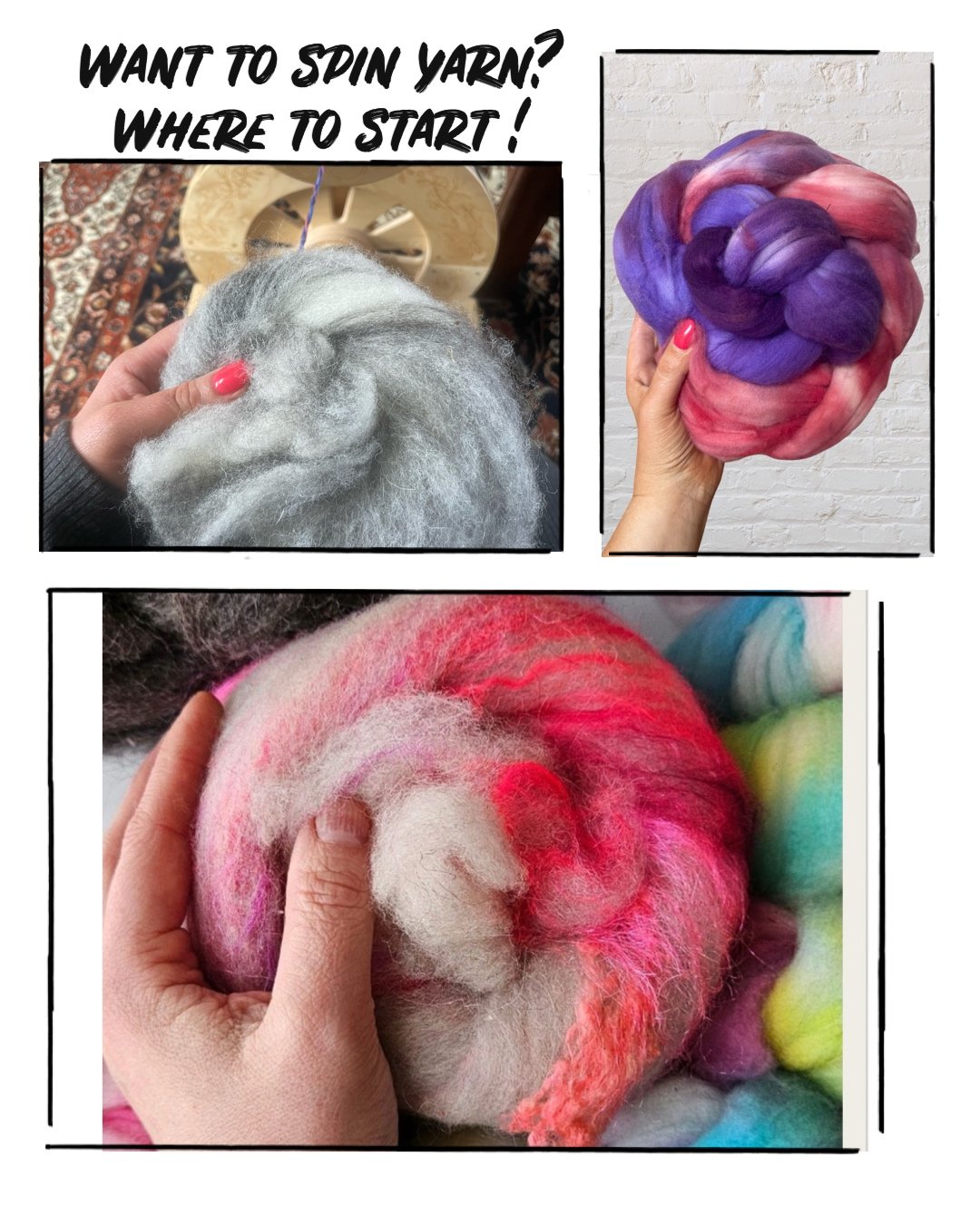A Beginner's Guide to Spinning Yarn: Tips & Techniques
A Beginner's Guide to Spinning Yarn: Tips & Techniques
Spinning yarn is a craft as ancient as civilization itself. Throughout history, spinning yarn has evolved from a necessity into a creative and meditative hobby. Beginners may find the art of spinning a bit daunting, but with a few key tips and an understanding of the basic tools and materials, anyone can start their journey into this fulfilling activity. Let’s unravel the essentials of yarn spinning for a beginner.
Understanding the Basics: Tools & Materials
Before you begin, it is important to familiarize yourself with the key tools and materials used in spinning yarn.
Drop Spindle
For those just starting, a drop spindle is an excellent and affordable tool. It's a simple spindle that allows you to add twist to your fiber by spinning it in the air while letting it drop to pull more fiber and twist together.
Tip: Start with a medium-weight drop spindle. It's easier to handle and will give you a balanced weight to learn the process of drafting (pulling and thinning out fibers) and twisting.
Wheel Spinning
Once you’ve mastered the drop spindle, you might consider graduating to a spinning wheel. The Spinperfect Abe wheel and SpinOlution Bullfrog spinning wheel are both highly regarded choices for beginners and experienced spinners alike.
Tip for Spinperfect Abe wheel: Its simple design makes it great for learning. Pay attention to the tension and learn to adjust it to make the spinning process smoother.
Tip for SpinOlution Bullfrog: This wheel is portable, easy to store, and designed with functionality in mind. Familiarize yourself with the various settings and adjustments to find your most comfortable spinning posture and rhythm.
Fiber Choices: Roving Wool & Wool Batts
Choosing the right fiber can make a significant difference in your spinning experience. Roving wool is a commercially prepared form where the fibers are mostly aligned, making it a great choice for beginners.
Tip: For your first attempts, choose a coarse wool roving. It’s more forgiving and easier to spin compared to finer wools.
Wool batts are another fiber preparation, where wool is carded into sheets. Batts contain fibers going in multiple directions, which can be more challenging to spin but result in a delightfully textured yarn.
Tip: When using wool batts, take your time to pull apart sections gently and pre-draft them lightly to make the spinning process easier.
Tips for the Beginner Spinner
Practice Makes Perfect: Spinning is a skill that takes time to develop. Practice drafting and adding twist with your fingers before advancing to tools.
Pre-Draft Your Fibers: Pre-drafting, or thinning out your fibers before you spin, helps you manage the wool and prevent it from becoming too thick or clumpy.
Maintain a Consistent Treadle: If using a spinning wheel, keep your treadling even. This consistency helps manage the twist and feed of the fiber into the wheel.
Mind the Twist: Too much twist can make your yarn hard and rope-like. Aim for a balanced twist that holds the fibers together without over-twisting.
Know Your Equipment: Each spinning tool has its quirks. Spend time with your spindle or wheel when you're not spinning to understand how it functions and affects your yarn.
Relax Your Grip: A common beginner mistake is holding the fiber too tightly. A gentle grip allows the twist to move into the fibers and create yarn.
Join a Community: Whether it’s an online forum or a local craft group, connecting with others who spin can provide hands-on help, encouragement, and tips.
Spinning yarn is a rewarding craft that connects us to the past, while allowing for great personal expression. As you continue on your spinning journey, remember that every skein you create is a reflection of your unique touch. Enjoy the process, learn from each twist and turn, and you’ll soon spin the thread of your own creation story.
Happy Spinning!





